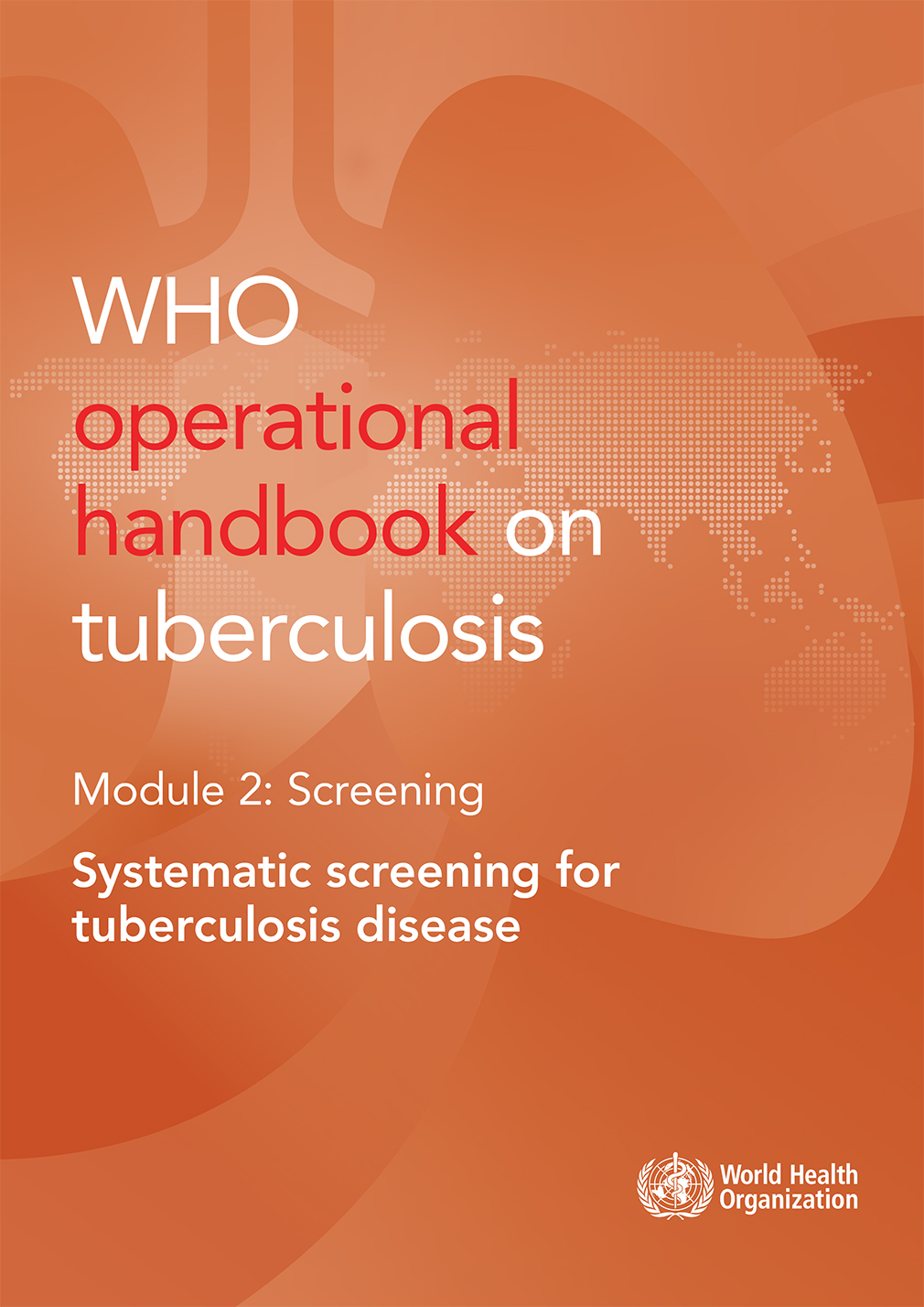Book traversal links for Module 2: Screening
Guidance Category
 Feedback
Feedback
Suggested citation. WHO operational handbook on tuberculosis. Module 2: screening - systematic screening for tuberculosis disease. Geneva: World Health Organization; 2021. Licence: CC BY-NC-SA 3.0IGO.
